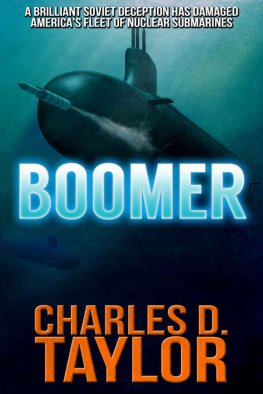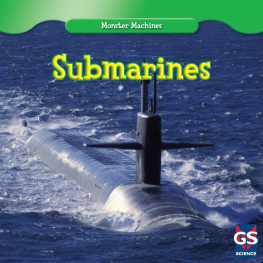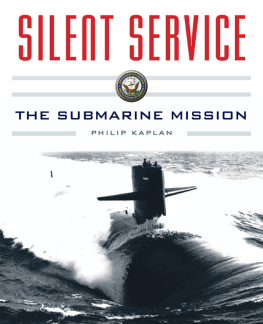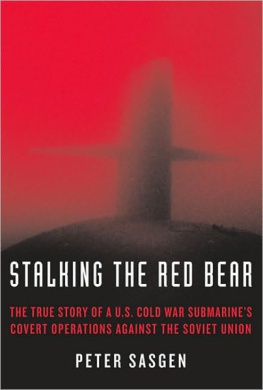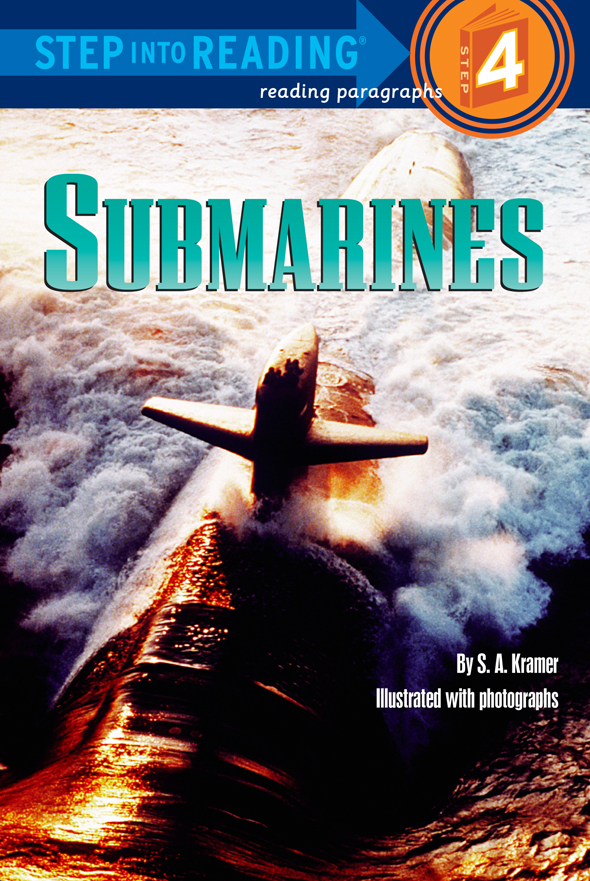
The publisher would like to thank Rear Admiral W. J. Holland, Jr., USN (RET), for his invaluable assistance in the preparation of this book.
Cover photograph: The Stocktrek Corp./Getty Images.
Interior photographs: : photograph by Steve Kaufman/CORBIS.
Text copyright 2005 by S. A. Kramer. All rights reserved under International and Pan-American Copyright Conventions. Published in the United States by Random House Childrens Books, a division of Random House LLC, 1745 Broadway, New York, NY, and simultaneously in Canada by Random House of Canada Limited, Toronto.
stepintoreading.com
Educators and librarians, for a variety of teaching tools, visit us at randomhouse.com/teachers
Library of Congress Cataloging-in-Publication Data
Kramer, Sydelle.
Submarines / by S. A. Kramer. 1st ed.
p. cm. (Step into reading. A step 4 book)
ISBN 0-375-82574-6 (trade) ISBN 0-375-92574-0 (lib. bdg.)
1. Submarines (Ships)Juvenile literature.
I. Title. II. Series: Step into reading. Step 4 book.
VM365.K73 2005 623.8257dc22 2004014239
Trade Paperback ISBN: 978-0-3758-2574-3
eBook ISBN: 978-0-3075-6028-5
STEP INTO READING, RANDOM HOUSE, and the Random House colophon are registered trademarks of Random House, Inc.
() Three polar bears approach the attack submarine
USS Honolulu, surfaced 280 miles from the North Pole.
v3.1
Contents
Introduction
The Voyage Begins
Up the gangplank, into the submarine! Ready for the most dangerous trip of your life?
Deep beneath the waves, theres no day or night, no newspapers, radio, or TV. You and the crew will be cut off from the world.
The voyage may last for months. Youll work, sleep, then work some more. Youll never totally relax. For disaster can strike at any time, sending a sub to the bottom.
The tiniest leak can become a flood. A fire may rage out of control. You could collide with another boat or an underwater mountain. If the power fails, poisonous gases will fill the air.
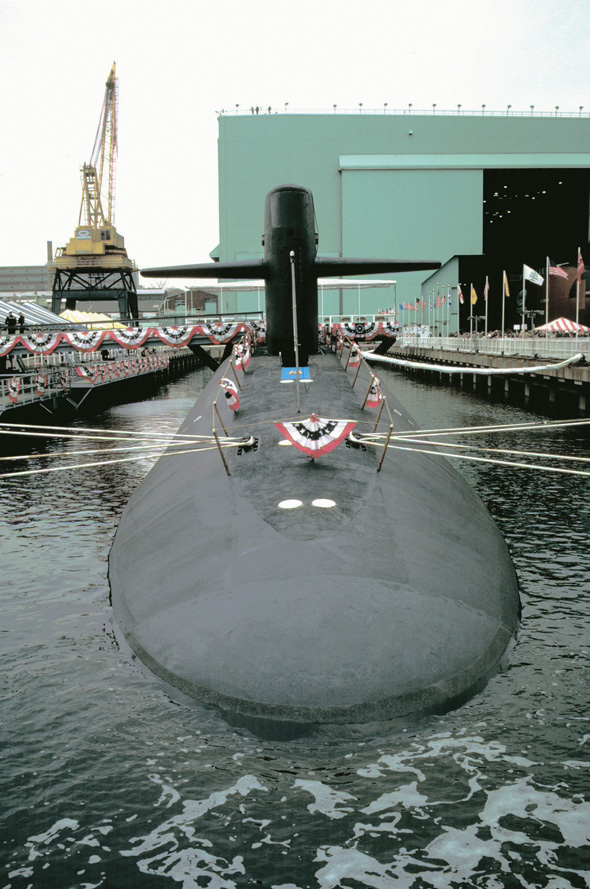
Yet submariners love their work! They search for enemy ships or spy on unfriendly countries. By studying the ocean, they serve science. And if theres a war, they fight from secret underwater locations.
Its time to go!
Dive! the captain orders. The deck tilts, then gets steeper. You fling your arms around a pole.
Whoosh. The sub makes strange groaning sounds.
On to the unknown!
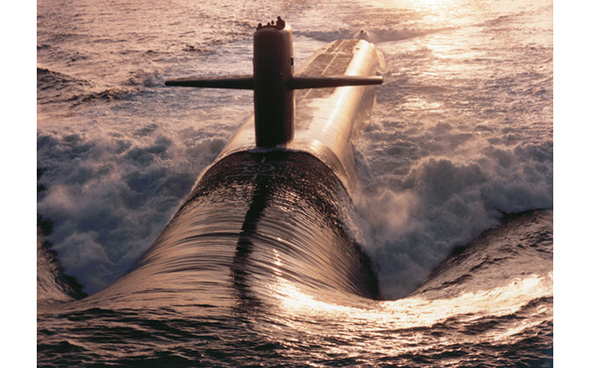
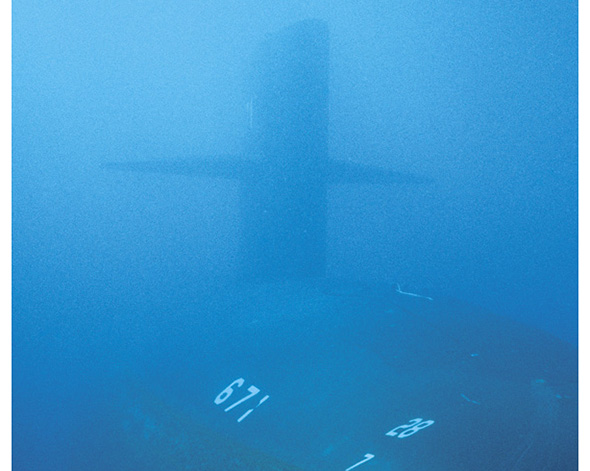
Chapter I
Into the Deep
Youre aboard a nuclear submarinea sub that runs on nuclear power. Its the deadliest fighting machine ever built. The most complicated and expensive, too. Its mission is so top-secret, not everyone on board knows where its going.
Today all of Americas subs are nuclear-powered. There are two kinds: ballistic missile and attack. A ballistic missile sub is larger560 feet, or nearly two football fields long. Its nuclear missiles can strike at a moments notice.
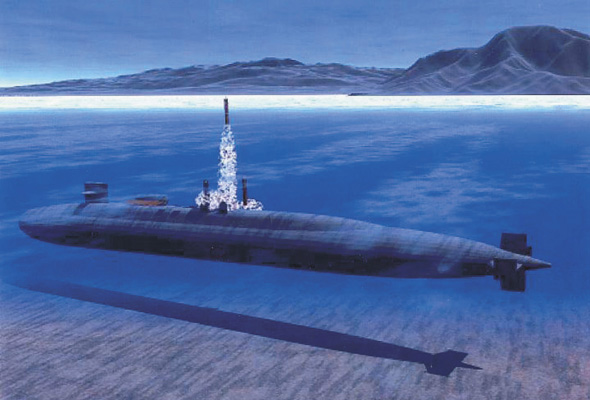
Illustration of ballistic missile submarine USS Ohio.
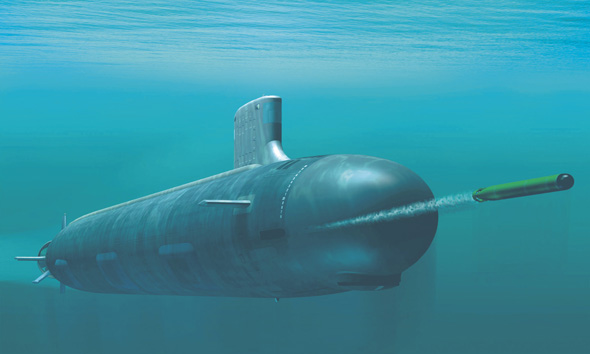
Conceptual drawing of Virginia-class attack submarine.
An attack sub is smaller. It battles enemy subs, spies on foreign shores, and lays mines in harbors. Among its weapons are torpedoes and missiles.
Its amazing that such powerful ships are made to sink on purpose! To dive, a sub replaces air in special tanks on board with seawater. The tanks are called ballast tanks, and the seawater becomes ballast.
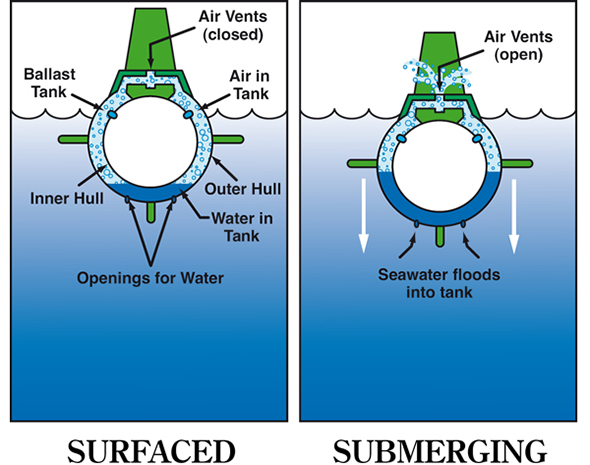
When a submarine is at the surface, its ballast tanks are mostly full of air. To submerge, air vents at the top of the tanks are opened. Seawater then floods into the tanks from openings in the bottom. This rising water forces the air up and out of the vents. This causes the submarine to start sinking.
The crew regulates ballast by opening vents at the top of the tanks. The vents allow air to shoot out. Openings at the bottom let water in. Water is heavy. Down goes the sub.
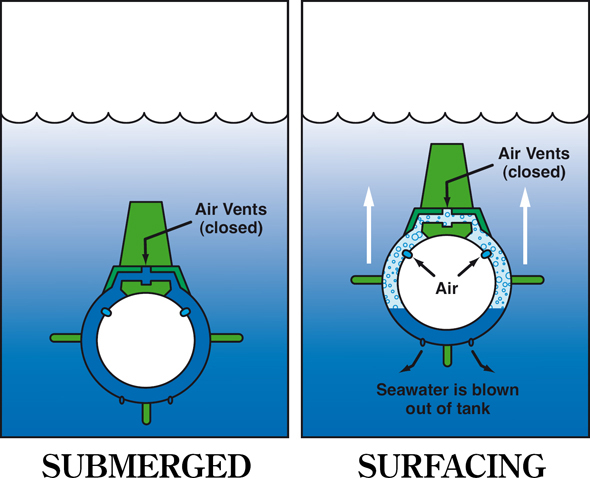
When the ballast tanks are full of water, the submarine is submerged, or fully beneath the surface of the water. To make the submarine rise to the surface again, compressed air is blown into the tanks from inside the submarine. This forces the water out of the openings on the bottom and causes the submarine to rise.
Your sub is stopping at periscope depth60 feet under. A periscope is a long tube fitted with mirrors. It is used to see above the waters surface. If the sub is below 60 feet, the periscope wont work.
You and the crew check to make sure its safe to keep diving. All equipment must be stored away or held down. If theres a sudden turn or dive, loose objects will go flying.

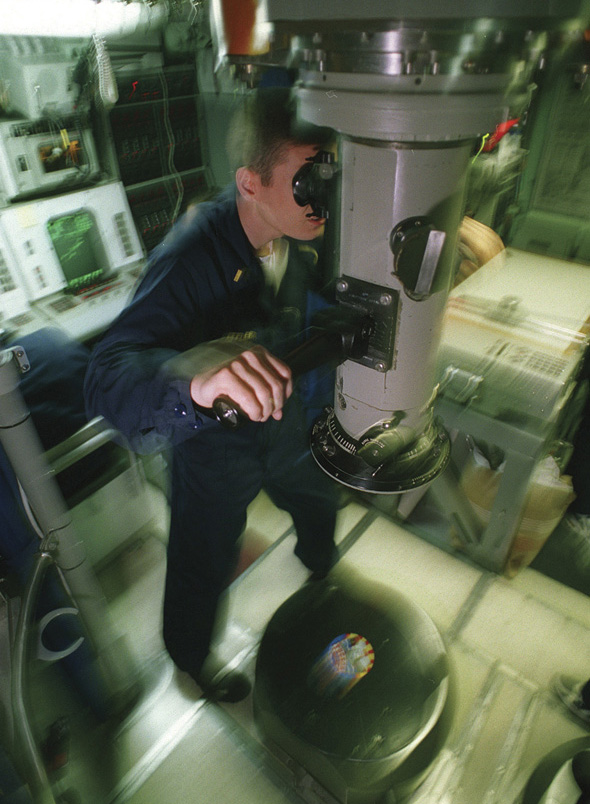
A sailor searches for surface ships with a periscope.
You also check for leaks. These can result from a broken part or a sailors mistake. Submarines have sunk because the wrong valve was opened or was never closed.
Heres an example. In 1920, someone forgot to shut a main valve on the S-5, a U.S. submarine. When it started to dive, some compartments flooded. Down went the sub, 180 feet. It rammed nose-first into deep mud.
Most of the crew escaped the flooded compartments. Still, they werent safethe sub would soon run out of air. To survive, they had to reach the surface.
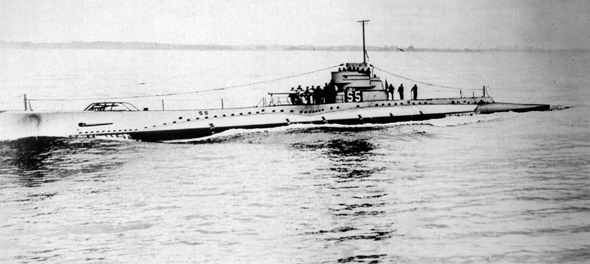
U.S. submarine S-5, 1920.


